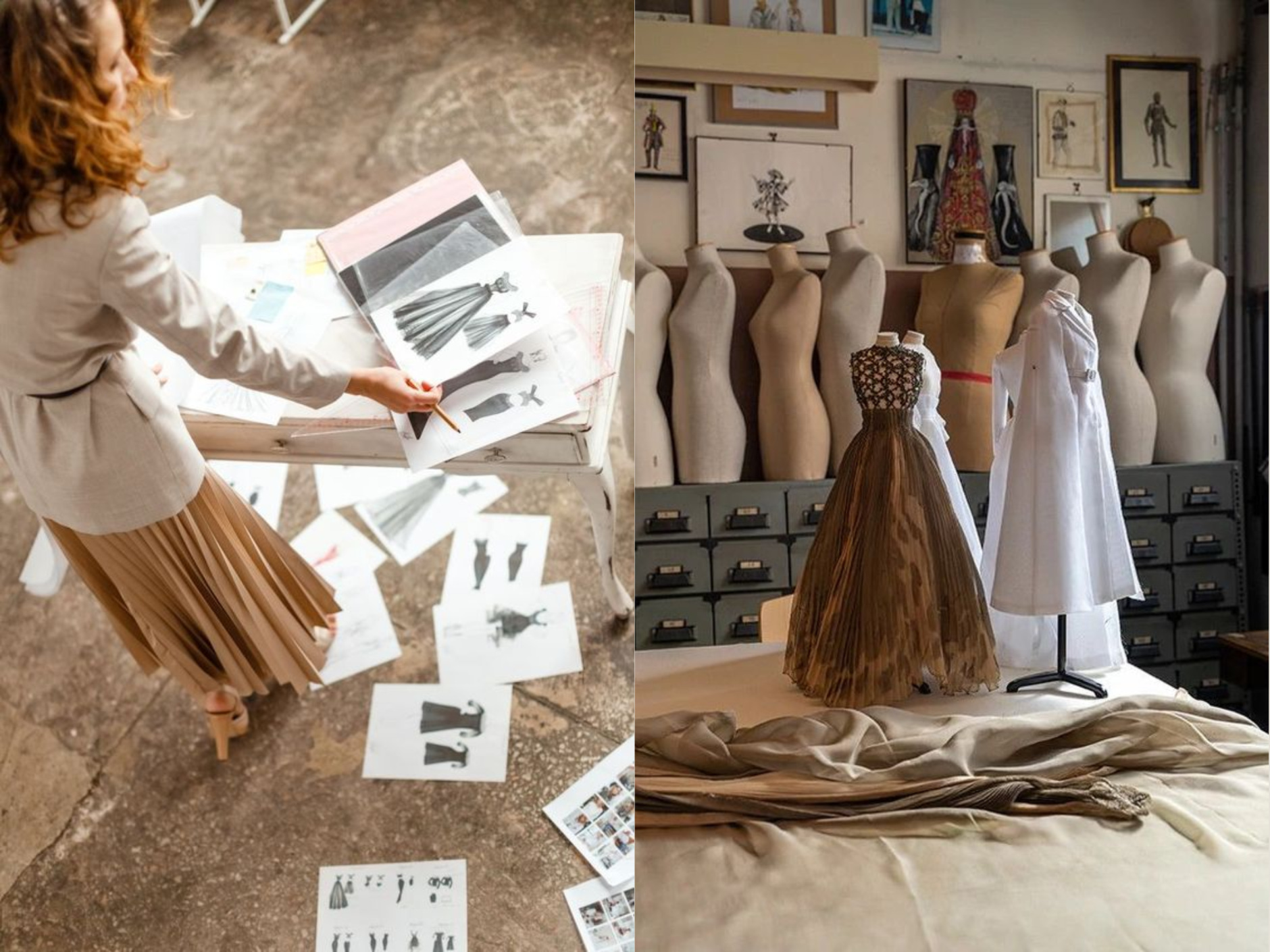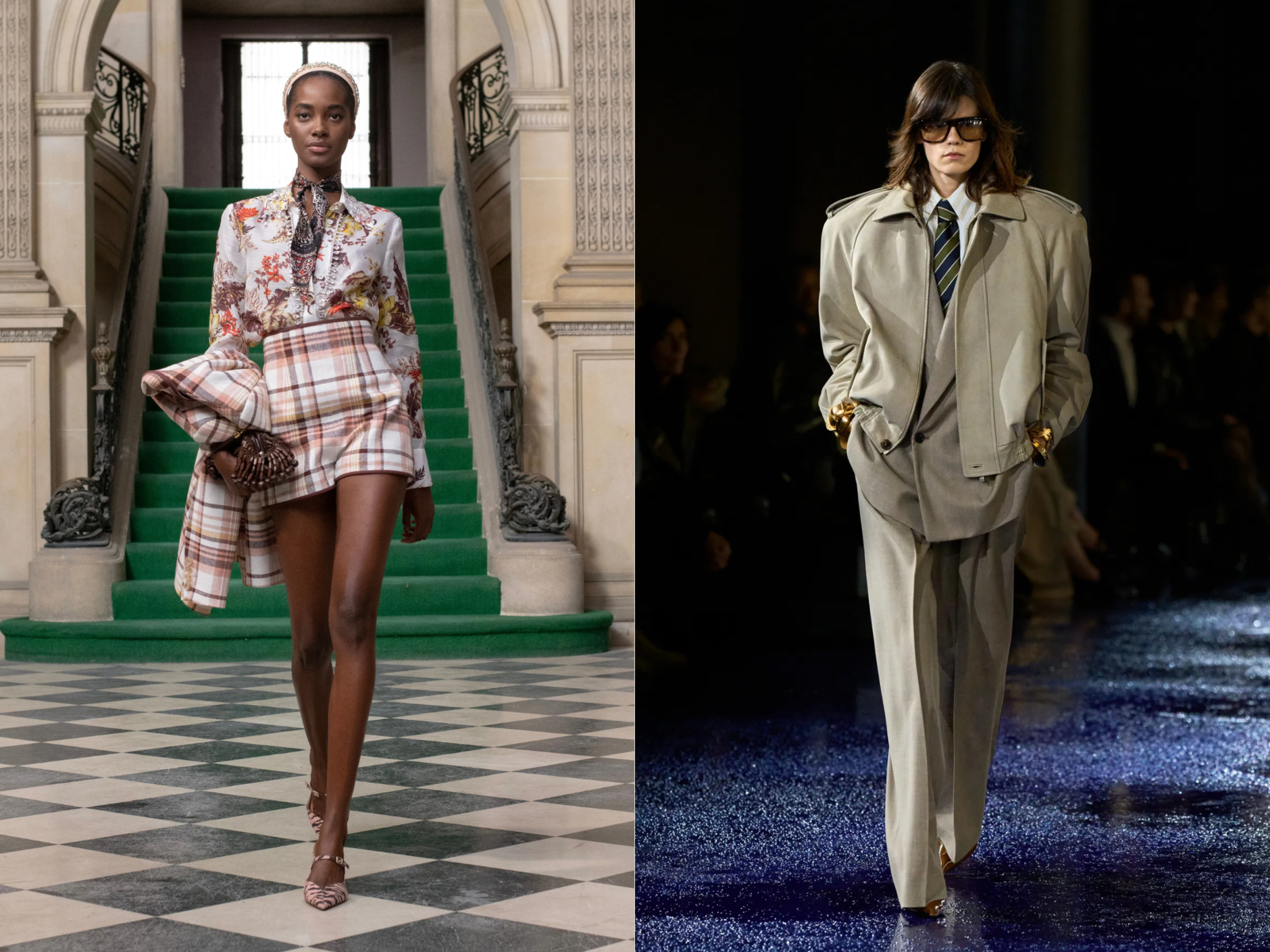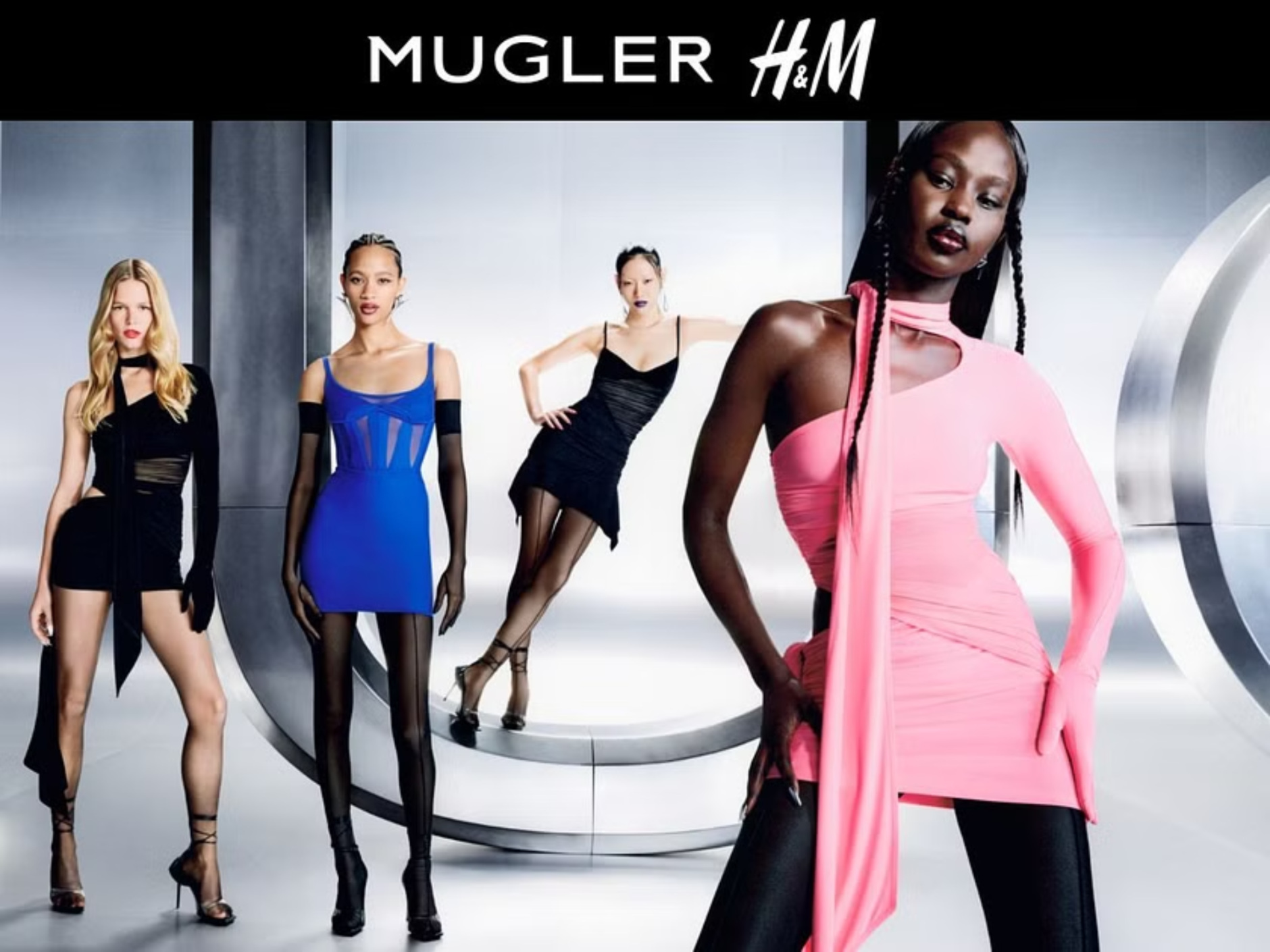Fashion collections and the stages of their creation: secrets behind the scenes of the industry
The world of fashion is like an exciting play, where every scene is filled with colors, shapes and textures. Collections are an important act of this presentation, as they define the style of the season. Every successful fashion brand creates its collections taking into account the time of the year and current trends. However, behind these seemingly simple things is a complex and fascinating process.

The main goals of creating a collection:
1. Financial benefit
As much as many people would like to see fashion solely as art and self-expression, financial aspects play a critical role. A successful collection can bring millions, if not billions, to a brand. Moreover, a significant part of the income of large fashion houses does not come from runway clothes at all, but from sales of related products such as shoes, bags and accessories. Fun fact: Of all the things decorating massive fashion shows, only a small fraction actually make it to the stores.
2. Expanding the audience
Brands are constantly looking for opportunities to attract new audiences. Bloggers and influencers have actively entered this equation in recent years . The distribution of photos and videos on social networks can arouse great interest in the new collection. For example, collaborations with famous personalities or bloggers often lead to things being sold even before they appear in the store.
3. Self-expression
This is especially true for young designers or brands who are just starting their journey. They may intentionally create something unusual and provocative to stand out from the many competitors. An interesting fact: legendary designer Alexander McQueen presented the collection "Highland Rape" at his first major show, which initially caused a shock, and then became one of the most discussed in the fashion world.
The stages of creating a collection
Creating a fashion collection is more than just sketches and fabrics. This process includes There are many stages, each of which requires time and attention to detail.
1. Research and inspiration, creating mudboards
It all starts with research. Designers draw inspiration from a wide variety of places: from street style and art, to historical costumes and natural phenomena. The inspiration for Karl Lagerfeld's collection for Chanel was often in the archive of the house itself, but he always added a modern accent.
At the inspiration stage , designers often create mudboards — visual collages that help focus their ideas and set the tone for the future collection. These boards may feature magazine clippings, photographs, color palettes, and even textures that are designed to capture the atmosphere and mood that the designer aspires to. Many great couturiers, such as Christian Dior, have used similar techniques to transfer abstract ideas into a more tangible form.
2. Sketches and design (silhouette, color palettes and decor)
After collecting ideas , an outline process follows. Here, designers begin to embody their creativity on paper, thinking about how each product will look. After that , trial versions are created — prototypes that are sewn, adjusted and refined to an ideal state.
3. The choice of fabrics and materials (it is necessary to take into account the weight of the fabric, the drapery, the structure of the material and its quality). Fabric can "tell" you what it wants to be, designers say. The selection of the material plays a key role, as it gives the thing its final appearance and even dictates how it will be worn.
4. Sample creation, tailoring and production
As soon as the samples are approved, production begins. Modern technology has significantly accelerated this process, but unique textures and details may still require handcrafted craftsmanship. It is noteworthy that some of the most exclusive items are sewn in a limited number of copies, preserving the uniqueness of each detail.
5. Marketing and Presentation
The final stage is the presentation of the collection to the world. Regardless of whether it's a fashion show in Paris or a virtual launch on the Internet, the success of the entire collection may depend on the presentation. Even the presentation of accessories is an art, given the importance of details and decorations, which should be harmoniously combined with the main idea of the collection.

There are several different types of collections in the fashion business:
1. Haute couture
These are custom-made clothes and accessories, they are produced in very limited quantities for high-level events (red carpets, film festivals) and custom-made for stars. The production is made of very good quality materials and is sold at a high price. The main feature of the Haute Couture collection is the predominance of manual labor. Usually , it can take from 100 to 400 hours of work to create one dress. Couture collections are produced by such fashion houses as Chanel, Dior, Valentino, etc.
2. Pret-a- porter or Ready-To- Wear (ready to wear)
Collections for everyday wear, which are often produced in large quantities. They are cheaper than haute couture collections and are sold in department stores and specialty stores.
3. Pre-collection
They are produced before the main collections and go on sale before the main collection of the Fall-winter or Spring-summer seasons, they are much cheaper than the main ones. They are produced to be worn during the season of the main collections, and they often consist of less expensive fabrics and simpler styles.
4. Resort or cruise collections
Designed for recreational areas, they are produced between May and July for the upcoming holiday season. Resort collections include lighter fabrics and a relaxed style. The models of the cruise collections are: dresses, skirts, sundresses, swimsuits.
5. Capsule collections
Small, limited collections designed to complement the main collections and attract a new audience. Capsule collections can affect events ( brand anniversary) or fashion trends.
6. Collaborations
They are created in collaboration with other designers and brands. Collaborations can be completely different. This can be a collaboration with a blogger, a shared collection of luxury and fast fashion segments, etc. (HM and Mugler, Jean Paul Gaultier and Simone Rocha, Verf and Xenia Sobchak)

In addition to the main collections, there are seasonal collections that come out at certain times of the year:
1. Spring-summer ("Spring-summer", "SS")
- Designed to be worn in the spring and summer months
- They consist of light fabrics, bright colors and floral prints
- They go on sale from February and are sold through July
- The spring-summer collection usually includes: sundresses, shorts, light jackets, etc.
2. Autumn-winter ("Fall-winter", "FW")
- Designed to be worn in the autumn and winter months
- They consist of heavier and insulated fabrics, dark shades
- They go on sale from August and are sold through January
- The autumn-winter collection includes: coats, sweaters, boots, etc.
Compliance with the rules of seasonal collections plays an important role: colors, fabrics, clothing model, delivery to the store for sale, etc. The client must understand which collection is presented in front of him in the store – this will directly affect sales and the impression of your brand. For example, it is incorrect to sell light things with bright colors in August, except for sales, of course, but this is a separate big topic for study.
To attract a new audience and earn extra money, a good solution would be to create a capsule collection or collaboration. This is a good way to present your brand from a different perspective.
Creating a collection is a very painstaking process.You need to understand that tailoring is made for a certain season – spring-summer or autumn-winter. The designer will have to put his idea, brand DNA and fashion trends into one collection, only then will things really be in demand and sell well.